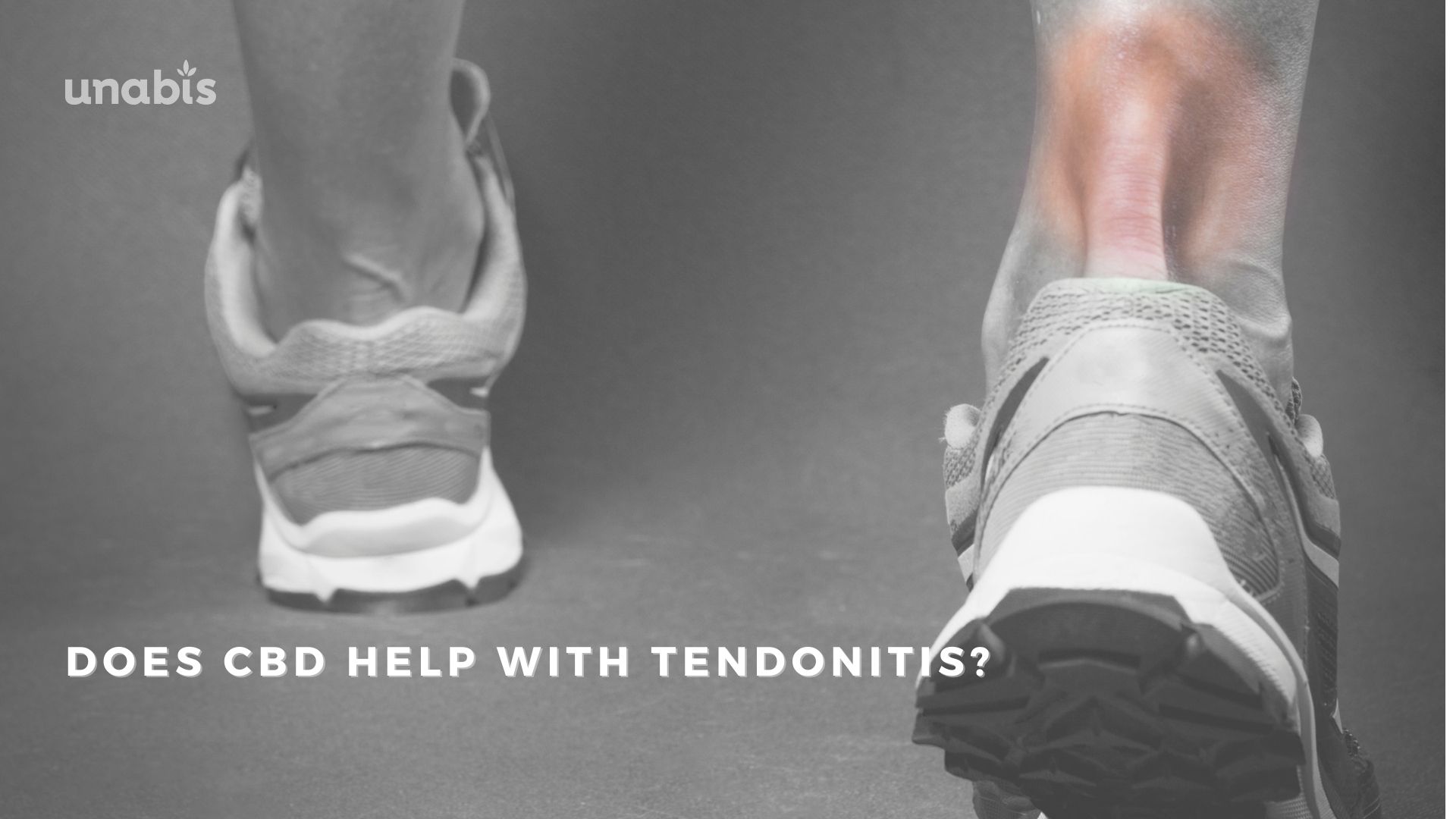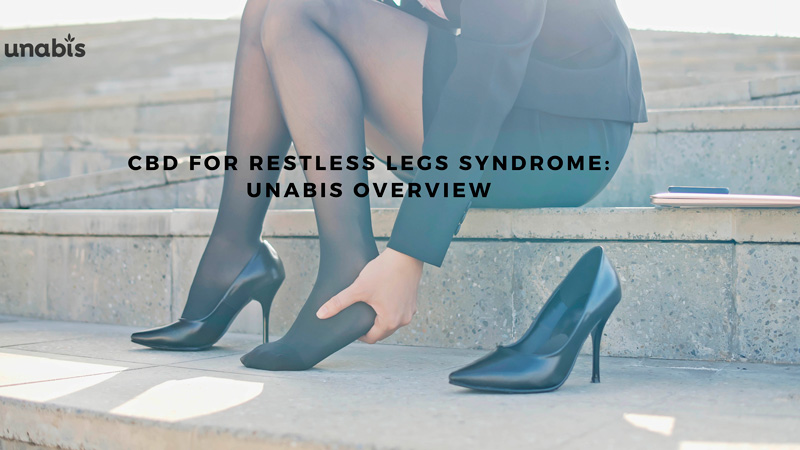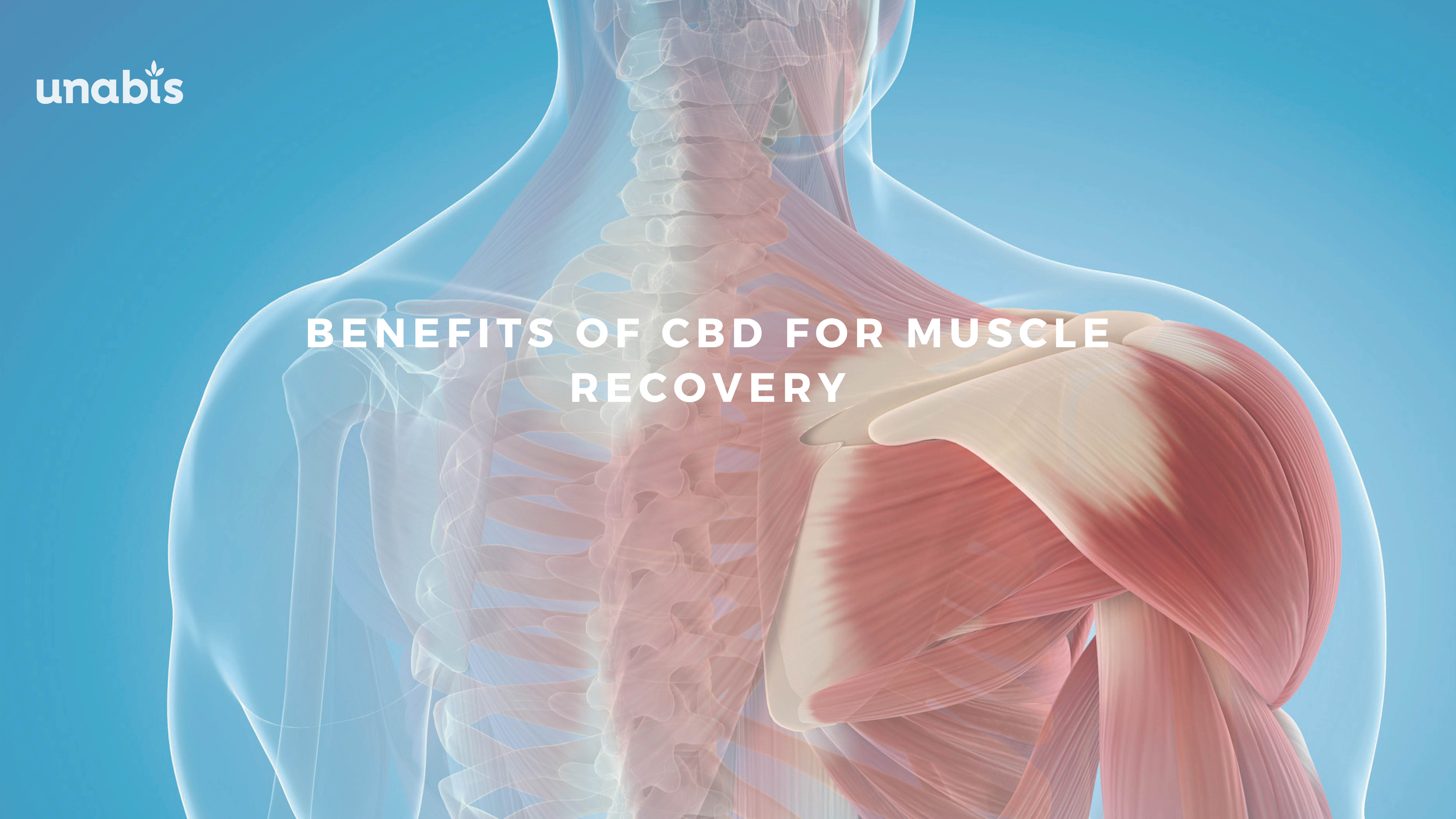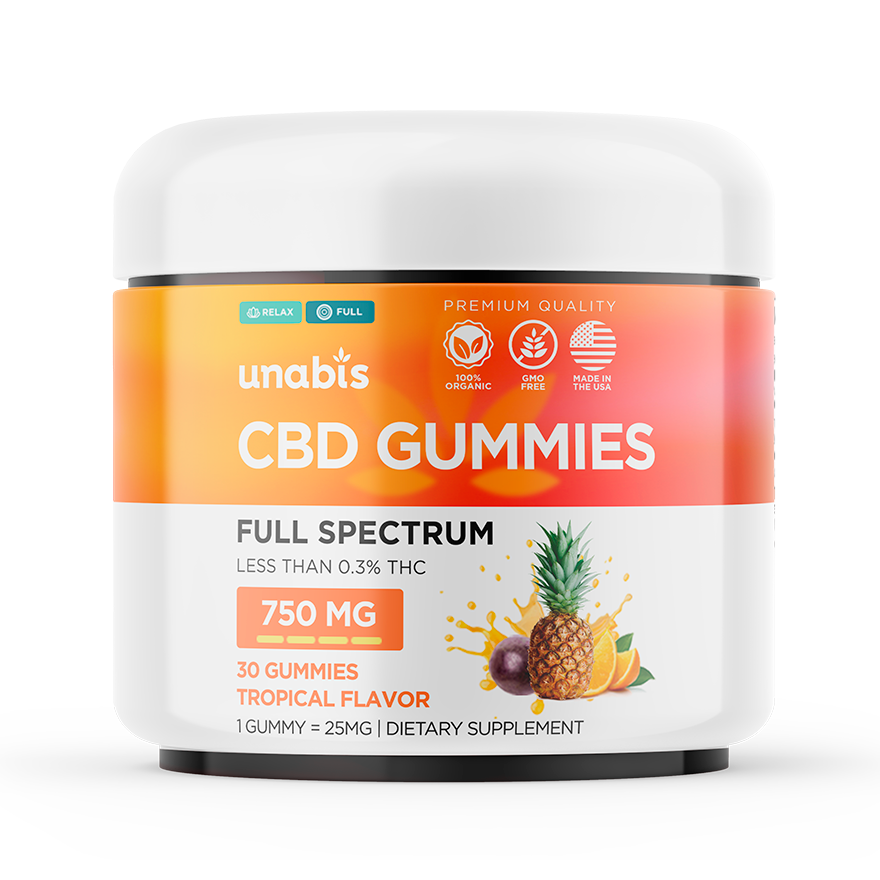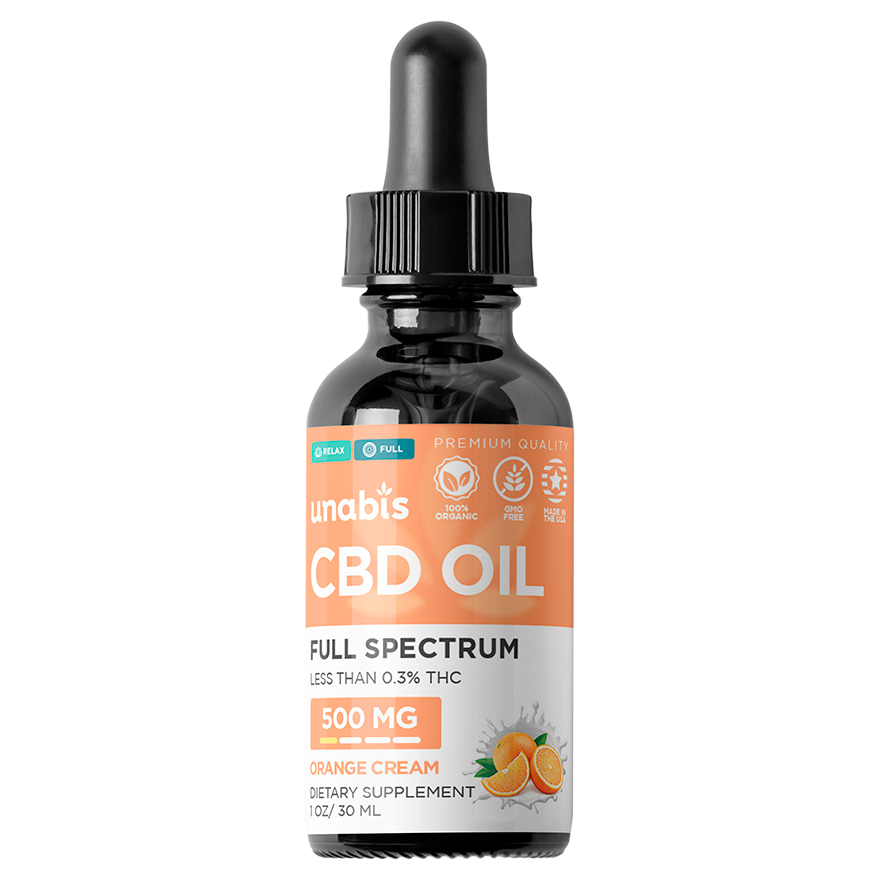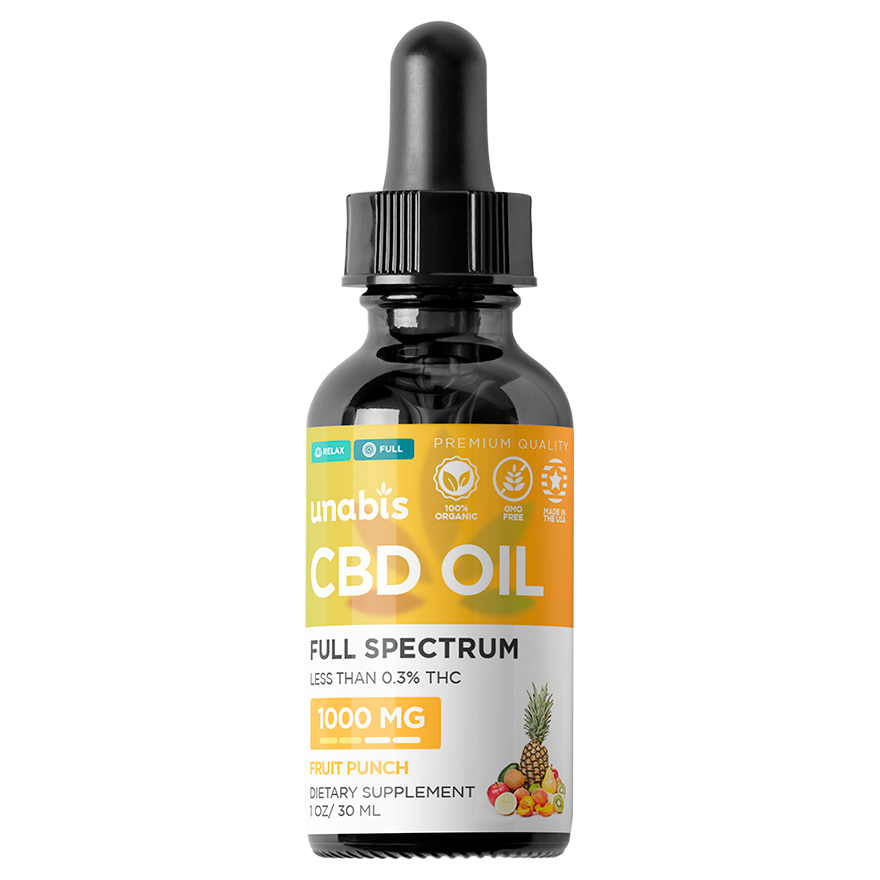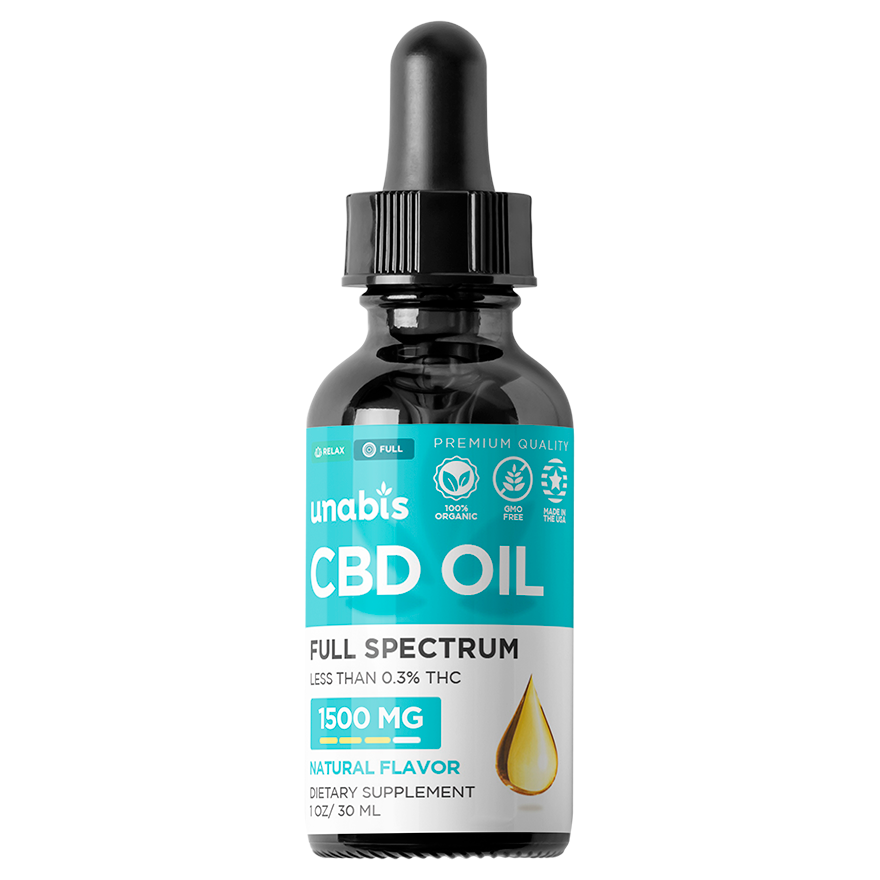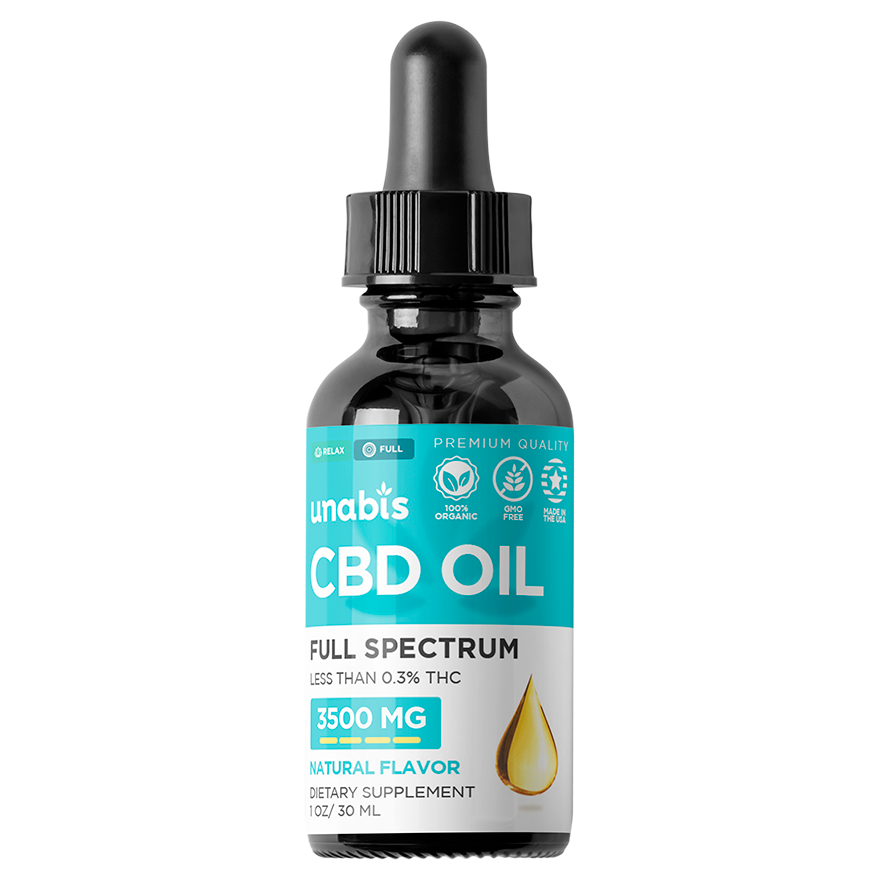CBD, or cannabidiol, is one of the active ingredients present in marijuana (cannabis). CBD has been associated with a wide variety of health issues, one of which is its anti-inflammatory properties. This property helps in managing chronic pain. A study from the European Journal of Pain suggests that CBD can aid in lowering inflammation due to arthritis when applied to the skin. And thus, many look to the potential of CBD for tendonitis.
What Is Tendonitis?
Before we dive deep into the possible effects of CBD for tendonitis, it pays to know more first about what you’re dealing with. Tendonitis is the body’s way of telling you that you’re overdoing it.
- Tendonitis is the indication you have problems with your tendon. It came from the root word ‘tendon’. Tendons are tissues that connect the muscles to bones and react when the muscles contract and cause the bones to move.
- People who opt for CBD for tendonitis are found out to have inflamed tissues. The inflammation is caused by too much stress on the joints which can cause joint pains, stiffness, and can generally affect how a tendon moves. The tissue will fix itself if the damage is not severe. However, the pain can be severe when the damage often happens, that’s why many are considering CBD for tendonitis.
- How do I know if I have tendonitis? Anyone can get tendonitis—especially when one is prone to doing repetitive tasks or movements. Some of these movements include day-to-day activities like scrubbing, shoveling, gardening, or playing sports like tennis, golf, or basketball. In sports or any form of physical exercise, it’s important to have the proper form. Without proper form or technique, the tendons can be overwhelmed and this can result in inflammation, or worse, tearing.
The common type of problems to the tendons:
- Tennis elbow (Lateral epicondylitis) – This causes pain in the backside of the elbow or forearm. The pain is caused by damage to the tendons that bent the wrist back and away from the palm. The pain may start from the tip of the thumb and radiate down towards the thumb.
- Golfer’s elbow (Medial epicondylitis) – Often experienced by golfers, hence the name, this is caused by damage to the tendons that bend the wrist toward the palm. The pain is more acute when trying to lift against a force.
- Bicep’s tendonitis (Rotator cuff tendonitis) – This is a shoulder injury that is caused by an inflamed shoulder capsule and related tendons. People who experience this may find it difficult to lie in the affected area.
- Achilles tendonitis – This is a common sports injury. It’s an injury caused by overusing the Achilles tendon. It most commonly occurs in runners and middle-aged people who occasionally play sports, like tennis or basketball. it’s often caused by ill-fitting shoes or shoes that provide little to no support to the foot. CBD for tendonitis Reddit discussion threads are full of people asking for powerful CBD cream for Achilles tendonitis.
- Jumper’s knee (Patellar tendonitis) – The patellar tendon works with the muscle that helps you kick, run, and jump. This is an injury to the tendon connecting the kneecap to the shinbone. This is most common in athletes whose sports involve frequent jumping. Many people currently claim to use CBD for knee tendonitis.
Choosing Medications or Supplements like CBD for Tendonitis
Why Should I Not Always Medicate?
OTC drugs such as ibuprofen, aspirin, and NSAIDs have been found to help relieve tendon pains. Even though it has been proven effective, taking medications orally can cause other health issues like gastrointestinal bleeding or heart damage. More reason to consider CBD for tendonitis. In addition, oral medication can also lose its effectiveness over time.
CBD For Tendonitis: How Does It Work?
For this reason, people have started to look for a natural alternative to treat tendonitis. This is where CBD for tendonitis comes into the picture. Marijuana has been used to treat chronic pain for thousands of years. However, the widespread use of medical marijuana still raises some eyebrows because of the plant’s psychoactive properties.
The Science and Evidence of CBD for Tendonitis
CBD doesn’t cause the ‘high’. CBD is an active ingredient in cannabis or marijuana. Many people frown upon CBD because of its association with marijuana. What many people don’t know is that CBD lacks the substance that gets people “high.”
What CBD does to your body: According to the World Health Organization, CBD “exhibits no effects indicative of any abuse or dependence potential in humans.” CBD’s less aggressive take of the CB receptors likely accounts for its negligible psychoactive effects. When the non-psychoactive cannabidiol property of marijuana is extracted, it can be very useful especially in helping alleviate inflammatory and chronic pain in animals.
There’s evidence that CBD was used to relieve pain centuries ago. Specifically, it was used for those who were experiencing neuropathic pain and other chronic pains. There is also preliminary evidence that CBD may be a useful treatment for several medical conditions.
CBD and the ECS System
CBD for tendonitis has gained popularity over the years for its effect on pain relief and management. It’s low tetrahydrocannabinol (THC) product that’s derived from Cannabis sativa. In the past 30 years, various scientific studies of C Sativa have exponentially progressed. Many of the active ingredients of C Sativa have been isolated and major discoveries have been made about the body’s endogenous cannabinoids and the endocannabinoid system (ECS).
- What’s the ECS? The ECS is known to be involved in maintaining homeostasis in the body. It is known to have regulatory functions, from chronic inflammatory conditions and regulation of the immune homeostasis in the gut. Although the body has its own ECS, plant-derived cannabinoids have been subjected to research because of their potential therapeutic effect because of their adjustment of the ECS.
- CBD is believed to aid with pain relief. That’s why it’s suggested to use CBD for tendonitis. Clinical trials involving CBD for the treatment of chronic pain have been done since the early 2000s. Its anti-inflammatory property has exhibited highly effective results.
- Effectivity time: If used for 2-8 weeks, CBD shows a significant reduction in pain. CBD for tendonitis relief did not significantly improve measures of pain, but anecdotal claims from users reveal that there was a vast improvement in the patient’s quality of life.
- CBD for tendonitis products may also help to ease inflammation. Cannabinoids and cannabinoids receptors have been studied as potential targets for reducing pain and inflammation in the muscles and joints.
- How does CBD for tendonitis work? When the CBD activates cannabinoid receptors, the macrophages stop the release of proteins that signal inflammation called cytokines. CBD for tendonitis, whether it be in oil or cream form, may significantly lower inflammation after a few hours of administering it for the first time.
- CBD possesses properties that can potentially alleviate symptoms of tendonitis. CBD for tendonitis relief has no severe side effects, so it may be considered to be safer than other OTC medications.
Cautions to Take When Choosing CBD for Tendonitis
CBD Dosage
Those who take a high dosage of CBD for tendonitis may experience side effects like diarrhea and constipation, among others. A best practice when taking CBD is to keep track of how much you’re taking and if it helps improve your pain. It is highly recommended to consult a doctor who is an expert in CBD treatments.
CBD and other medications
If a person is taking other medications alongside CBD oil for tendonitis, CBD might interact with it that may cause potentially harmful reactions. Proper research and consultation are required to avoid deadly side effects.
The Promising Studies about CBD for Tendonitis:
Although there are many claims of the effectiveness of CBD for tendonitis and pain relief, especially when it comes to chronic pain, further studies and research is still needed to develop more knowledge about CBD and tendonitis and discover potent CBD-based solutions. Future studies should also look into the CBD’s interaction with other drugs.
Choosing the Right CBD for Tendonitis
Currently, since the relation between CBD and tendonitis is not fully studied, there are no approved pure CBD medicinal products in the market. CBD is either taken orally in a capsule, through the transdermal application, or dissolved in an oil solution. CBD for tendonitis products can either be applied directly to the skin, inhaled, or eaten.
CBD oil for tendonitis is one of the most popular options due to many reasons: CBD for tendonitis is an attractive option in treating tendon pain because it has zero potential to be abused and it also has an established safety profile. Here are some reasons why CBD oil for tendonitis is gaining popularity:
- It is a concentrated solvent extracted from cannabis flowers or leaves and is dissolved in edible oils like hemp, sunflower, or olive oil.
- CBD oil is being promoted as a prophylactic treatment to prevent the development of certain diseases. It serves to protect the human body’s nervous and immune system from harmful everyday stress.
- Other medical conditions that can be treated with CBD, aside from CBD for tendonitis, and are supported by clinical proof to some extent, includes Parkinson’s disease, schizophrenia, and anxiety disorder, among others.
- CBD for tendonitis in oil form has become the favorite mode of administration because it allows the consumption of a large dose in an easily ingestible form without the risk of intoxication.
- People who use CBD oil for tendonitis don’t have to worry about any stigma associated with the typical smell of cannabis because these products are odor-free.
- CBD for tendonitis is perfect for people who are always on the go because of its easy application. It can be efficiently dosed simply by counting the number of drops consumed. CBD oil for tendonitis relief can be discreetly used in social settings like while at work or with family and friends.
- With CBD oils, one can easily ingest CBD for tendonitis like taking aspirin for fast pain relief. CBD for tendonitis can also be ingested like a supplement, be it in food or drinks, to help with the overall level of pain caused by the inflamed tendons. Placing a couple of drops of CBD oil for tendonitis under the tongue and letting it be absorbed by your system can relieve pain in as little as 15 minutes.
CBD cream for tendonitis
Most people use CBD cream for tendonitis. Many people have the impression that cream is best for spot treatment of the pain, that’s why some prefer CBD cream for tendonitis.
How to apply CBD cream for tendonitis?
This can be directly applied to the affected area. Reapplication may be needed as the effect wears off quickly, even if it’s one of the best CBD creams for tendonitis. CBD cream for tendonitis, or topical, is highly different from its other counterparts, like CBD oil for tendonitis, and serves a different purpose.
What CBD cream targets: It’s primarily applied to areas that are experiencing tension, spasm, and muscle pain. Unlike CBD oil for tendonitis, it is unknown if CBD cream for tendonitis seeps into the bloodstream. CBD cream for tendonitis can often be purchased over-the-counter. It is often mixed with other substances like menthol.
If you think that CBD topical perfectly suits your needs and lifestyle, try Unabis CBD Balm!
Ingesting CBD for tendonitis in the form of gummies is perfect for first-time CBD users. It’s a discreet way to take CBD for tendonitis. Once ingested, it takes about 30-60 minutes to take effect. These gummies can contain small amounts of THC. When using this CBD for tendonitis, make sure to ask the retailers how much THC the gummies contain.
Vaping CBD for tendonitis for faster effects. Vaping is for those who want a more lasting and potent effect. Vaping CBD can maximize the effect of the cannabinoid as it instantly flows through the bloodstream.
CBD for Tendonitis Comes in Different Types
- Full Spectrum – This contains the complete cannabinoid profile, including 0.3% of THC. CBD for tendonitis that’s classified as a “full-spectrum” has a more potent effect as it helps the body process CBD more efficiently. It’s been theorized that when CBD is combined with other cannabis plant components, it increases the benefits offered by the CBD product.
- Broad-spectrum – Like the full spectrum, it contains more cannabinoids other than CBD. The only difference is that broad-spectrum CBDs are entirely free of the THC component. CBD for tendonitis relief that are under this category are not as effective as the full-spectrum products, but it still produces the same effects.
- CBD isolates – These are purely isolated CBD and contain no other cannabis plant components. These are more versatile, but they lack the same effect compared to other forms. It has recently caught the attention of many as it is a more affordable and convenient way to consume CBD for tendonitis.
Finding Quality Products with CBD for Tendonitis
If you are keen to try CBD for tendonitis and are looking for the best CBD cream for tendonitis to help with managing pain, it’s highly recommended that you go for the highest-quality product. Pure CBD is safe to take, but fake and low-quality ones can be harmful to your body. Doing proper research on CBD for tendonitis products is highly important. You might encounter products with CBD for tendonitis which aren’t FDA-approved, so make sure to do some research before purchasing one. Here are some criteria that you should consider when choosing CBD for tendonitis products:
- Buy only FDA-Approved CBD for tendonitis. Choose products from manufacturers who have stringent requirements for low THC levels. THC levels present in the product should be less than 0.2% in Europe and 0.3% in the USA, as advised by the FDA.
- Check if your CBD product is labeled and packaged properly. Choose products that are made by companies that abide by good and ethical manufacturing practices established by different governing bodies. These manufacturers should be transparent in the components present in their products and must label them accordingly.
- Know about extraction methods of CBD for tendonitis. Make sure that the CBD is extracted by carbon dioxide without solvents. Carbon dioxide extraction doesn’t require extra heat. This method can produce pure and strong products while still maintaining the plant’s original profile. CBD for tendonitis that has been extracted through this method has higher efficacy compared to other products.
- Know what the customers say about the CBD product. You’ll also have a quick idea if the CBD for tendonitis is organic and has been tested for pesticide/herbicide. Make sure that no other harmful chemicals are mixed into your CBD product. As stated, there is still no evidence of the reaction CBD will have with other chemicals.
- Schedule an appointment with a doctor. Ask an expert what CBD for tendonitis is safe to use. They can help you determine the right dosage for your specific needs too. They can prescribe or suggest the right products based on your condition e.gProper CBD for shoulder tendonitis or CBD for wrist tendonitis.
The Right Dosage of CBD for Tendonitis
Getting the right dosage of CBD for tendonitis to take is the tricky part. It depends on several factors like:
- Bodyweight: The dosage of CBD for tendonitis may vary depending on a person’s weight. People who weigh less may require a lower dosage compared to people who are heavier in weight.
- The condition being treated: CBD dosage may also vary depending on the medical condition being treated. Those who have epilepsy will need a higher dosage of CBD compared to those who will use CBD to treat anxiety or chronic pain. The recommended CBD dosage to control Parkinson’s disease is around 70-300 mg per day. The needed dosage for pain relief is only 1-5 mg.
- Body chemistry: Before venturing into CBD, make sure that you consult with your doctor especially if you’re taking other medications. It’s best to strictly follow your doctor’s recommendation. If no recommendation is given, it’s best to start with a smaller dosage and gradually increase it. Studies have shown that CBD for tendonitis may be effective at lower doses.
- The concentration of CBD in the product being taken: There is no standard dosage of CBD for tendonitis because the doses vary among its different forms:
-
- The standard in CBD gummies is roughly around 5 mg per gummy.
- On the other hand, CBD for tendonitis in oil form contains 1 mg of CBD per drop.
- The bioavailability of CBD for tendonitis: CBD products kick in at varying times. CBD gummies or other CBD edibles may take up to two hours to take effect. Since it will undergo digestion, the amount of CBD that ends up in your system might be fairly low. CBD for tendonitis gets absorbed directly into the bloodstream, therefore it kicks in at a faster rate. CBD for tendonitis takes effect at least 15 minutes and could last for 45 minutes. CBD cream for tendonitis may take effect within 45 minutes up to an hour after its application.
- CBD Safety: It is also advisable to stop applying CBD for tendonitis products if you experience adverse side effects after applying them. Future studies must determine if it’s safe to take CBD for tendonitis together with other pain relief medications.
Aside from taking CBD, how else can you relieve the tendonitis’ symptoms?
Tendonitis can be treated by simple means. These may include:
- Rest – The tendons will naturally heal if you give it its much-needed break. Try to avoid moving the affected tendon for two to three days to allow the natural healing process to happen. Do make sure you’ve taken CBD for tendonitis before resting!
- Change in activities – Avoid doing the same activity or modify it to avoid repeating or aggravating the injury. When doing sports, make sure you inspect your form and adjust it accordingly to avoid further injuries.
- Icing the inflamed area – Put an ice pack on the tendon for 20 minutes every 2 to 3 hours. The cold will help lessen the swelling of the affected area and stimulate blood flow.
- Providing support – Put a splint on the affected area for additional support. This will help stabilize the tendon to decrease inflammation.
- Steroid injections – This can help reduce the inflammation in the affected tendon. The steroid will take approximately 5 to 7 days to take effect. If you’ve already started CBD for tendonitis, or vice vera, you must tell your doctor what you’re taking.
- Nonsteroidal anti-inflammatory (NSAID) medicine – This can be ingested orally to reduce the pain caused by tendonitis. This will decrease the inflammatory response, which is the cause of the pain.
- Alternative and natural remedies – CBD for tendonitis is already available in the market, and it can provide quick and easy pain relief.
Conclusion
As many people gear towards more natural and clean remedies to treat tendonitis, CBD for tendonitis has gained popularity over time. It has anti-inflammatory substances that can help manage the pain caused by tendonitis. CBD for tendonitis may be an easy fix, as it may provide relief in a short period. It is still advisable to give your tendons a much-needed break even after the application of CBD for tendonitis products. If the pain persists, it’s time to go to the doctor!
F.A.Q.
Is CBD good for tendonitis?
Yes, some experts claim that CBD for tendonitis can be effective.
Does CBD oil help tendonitis?
According to available data, CBD oil has the potential to relieve tendonitis.
Does CBD for achilles tendonitis work?
Yes, CBD can indeed help patients with achilles tendonitis feel relief and improve their life quality.
Does CBD for knee tendonitis work?
Yes, CBD can help patients with knee tendonitis, or, so-called, Patellar tendonitis.
Does CBD for shoulder tendonitis work?
Yes, CBD has the potential to help people who struggle with shoulder tendonitis.
What is the best CBD ointment for tendonitis?
When choosing CBD ointment, cream, or balm for tendonitis, select CBD brand that:
- Use full-spectrum CBD extract
- Adhere to carbon dioxide CBD extraction
- Use organic hemp
- Provide free access to their products’ lab testing results
- Have positive feedback from customers
